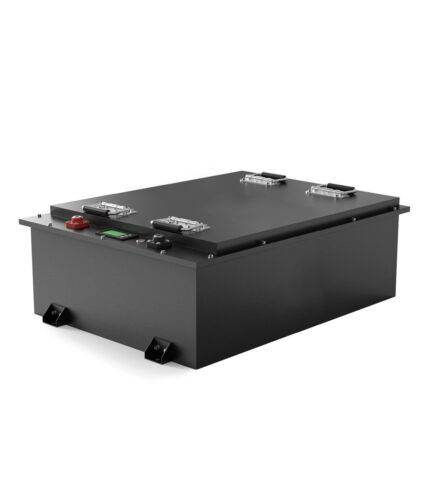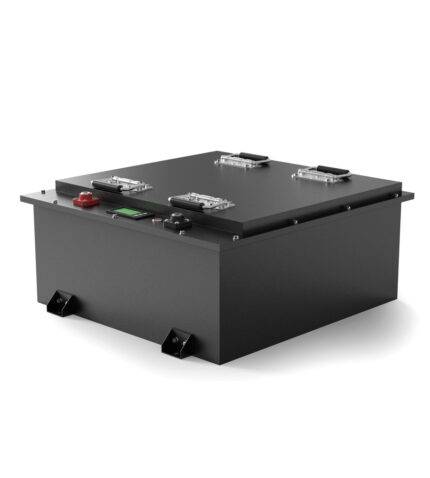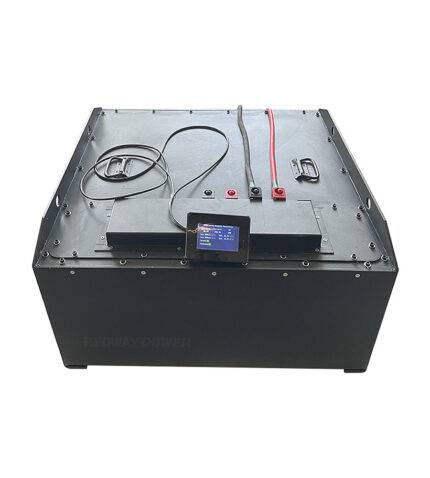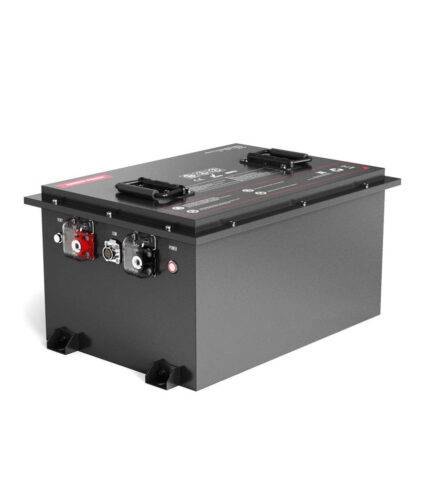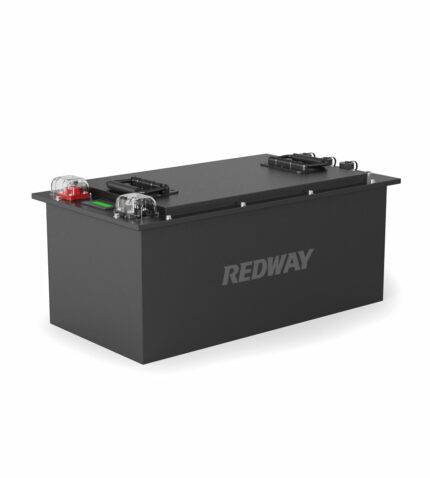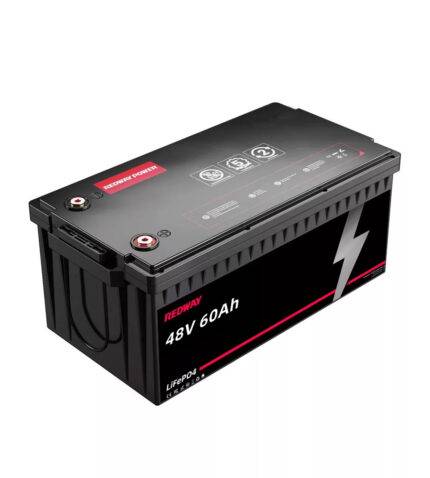48V Lithium Battery
- All products
- 96V Lithium Battery1 product
Best-OEM12 products
- 12V Lithium Battery18 products
- 24V Lithium Battery14 products
- 36V Lithium Battery6 products
- 48V Lithium Battery18 products
- 60V Lithium Battery8 products
- 72V Lithium Battery4 products
- PowerWall8 products
- Home ESS3 products
- eBike Lithium Battery1 product
- Lithium Battery Module19 products
- 217005 products
Redway Power excels as a manufacturer wholesaler, specializing in high-quality 48V LiFePO4 lithium batteries. Their commitment to excellence and innovation sets them apart in the industry, delivering reliable and efficient power storage solutions. With Redway Power, customers benefit from cutting-edge technology and wholesale pricing, making them a top choice for battery needs.
48V Lithium Battery FAQs
“OEM” on a 48V LiFePO4 battery means “Original Equipment Manufacturer.” It signifies that the battery is made by the same company that produced your device. LiFePO4 batteries offer safety, durability, and efficiency compared to lead-acid batteries. They are lightweight, compact, and have a longer cycle life. OEM batteries ensure compatibility and quality as they come directly from the original manufacturer.
Let’s break down what “OEM” means on a 48V LiFePO4 battery and why it’s important:
Original Equipment Manufacturer (OEM):
- “OEM” stands for Original Equipment Manufacturer. It indicates that the battery comes from the same company that made your device, ensuring compatibility.
- For example, if you have an electric scooter with a 48V LiFePO4 battery, an “OEM” battery means it’s made by the scooter manufacturer.
Benefits of OEM Batteries:
- OEM batteries are designed to fit perfectly and work seamlessly with your device.
- They often undergo rigorous testing and quality control, ensuring reliability and performance.
Quality Assurance:
- Choosing an OEM battery reduces the risk of compatibility issues and ensures that you’re getting a high-quality product.
- It’s like buying a replacement part directly from the source, guaranteeing peace of mind and optimal performance for your device.
Charging a LiFePO4 battery to 100% can affect its lifespan and stability. While it offers maximum capacity, it may shorten the battery’s overall life. LiFePO4 batteries are most efficient when charged between 80% and 90%. Factors like application and balancing also influence the decision. For longevity, it’s advised to avoid overcharging and stick to the optimal charging level.
When it comes to charging a LiFePO4 battery, reaching 100% capacity has its pros and cons. Here’s what you need to know:
Longevity vs. Capacity:
- Charging a LiFePO4 battery to its full 100% capacity may provide maximum energy, but it can also shorten the battery’s lifespan over time.
- Optimal charging levels typically fall between 80% and 90%, striking a balance between capacity and longevity.
Stability and Risk:
- LiFePO4 batteries are relatively stable compared to other lithium-ion types, but overcharging can still pose risks like cell damage and overheating.
- Charging to 100% increases the likelihood of overcharging, which can impact the battery’s overall health.
Application and Balancing:
- Consider your specific application needs when deciding on the charging level. Applications requiring maximum energy might benefit from full charging, while others focused on long-term performance may opt for partial charging.
- Regular balancing of cells is crucial, especially if you frequently charge to 100%, as it ensures uniform cell voltages and prolongs battery life.
In conclusion, while charging a LiFePO4 battery to 100% offers peak capacity, it’s essential to weigh this against the potential impact on longevity and stability. Balancing application requirements with optimal charging levels can help maximize the battery’s performance and lifespan.
Charging a 48V lithium battery requires a suitable location with proper ventilation and safety measures. Check the battery’s voltage and capacity, then use a charger designed for lithium batteries, ensuring it matches the battery’s voltage. Connect the charger correctly, set the parameters, and monitor the process until the battery reaches full charge to avoid overcharging and extend its lifespan.
Here’s a simple guide to help you understand the process:
Location and Safety: Find a well-ventilated area and ensure proper grounding before charging to prevent accidents.
Choosing the Right Charger: Use a charger specifically designed for lithium batteries with a voltage that matches your 48V battery.
Connection and Monitoring: Connect the charger to the battery correctly, set the charging parameters, and monitor the process until the battery reaches full capacity.
By following these steps carefully, you can charge your 48V lithium battery safely and effectively, ensuring its longevity and optimal performance.
Estimating charging time involves factors like battery capacity, charging current, type, and efficiency. For instance, a 48V 100Ah LiFePO4 battery charged by a 200W solar panel may take 5 to 20 hours from 80% SoC. Use online calculators for precise estimates, considering various variables for accurate results.
Let’s break it down:
Battery Capacity and Charging Current:
- The time it takes to charge depends on the battery’s capacity, measured in ampere-hours (Ah), and the charging current in amps (A).
- For example, a 48V battery with a capacity of 100Ah, charging at 15A, would take about 6.67 hours to fully charge (100Ah / 15A = 6.67 hours).
Battery Type and Efficiency:
- Different types of lithium batteries, like LiFePO4, have different charging characteristics.
- Charging efficiency, affected by factors like the charger type and battery management system, also influences the charging time.
Consideration of Charging Scenarios:
- Real-world scenarios can vary, such as using solar panels or grid chargers, affecting charging time.
- Using online calculators tailored to battery charging can provide more accurate estimates based on specific parameters.
By understanding these factors, you can better estimate how long it will take to charge your 48V lithium battery and plan accordingly.
A 48V lithium battery, especially a LiFePO4 type, can typically last 10-15 years with proper care. LiFePO4 batteries are durable and can withstand over 4,000 to 7,000 charge cycles. Most manufacturers offer warranties of 2 to 3 years, with some, like ExpertPower, providing a 10-year lifetime warranty.
Let’s break it down:
1. Durability of LiFePO4 Batteries:
- A 48V lithium battery, especially the LiFePO4 type, can last impressively long, typically between 10 to 15 years.
- These batteries are designed to endure many charging cycles, boasting a lifespan of over 4,000 to 7,000 charge cycles.
2. Warranty Insights:
- Manufacturers often offer warranties ranging from 2 to 3 years, indicating their confidence in the battery’s longevity.
- Some companies, such as ExpertPower, go a step further by providing a lifetime warranty of up to 10 years.
3. Maintenance and Care:
- Proper maintenance, including regular charging and avoiding extreme temperatures, can further extend the battery’s lifespan.
- With the right care, a 48V lithium battery can reliably power various applications for many years to come.
In summary, a 48V lithium battery, especially the LiFePO4 type, is built to last, offering durability and reliability for an extended period with proper care.
Fully discharging a 48V LiFePO4 battery can harm its lifespan and performance. When fully charged, it reaches about 58.4V and drops to 40V when fully discharged. Partial discharges are better for longevity and cell health, while full discharges can lead to capacity loss, voltage drop, and safety issues. Avoid deep discharges to maximize battery lifespan.
1. Voltage Levels:
- A fully charged 48V LiFePO4 battery typically reads around 58.4 volts, while a full discharge brings it down to approximately 40 volts.
- Partial discharges, where you only use a portion of the battery’s capacity, are gentler on the battery and help maintain its health.
2. Benefits of Partial Discharge:
- Partial discharges contribute to longer battery lifespan and keep individual battery cells healthier.
- Deep discharges, where you drain the battery completely, can cause capacity loss, meaning the battery won’t hold as much charge over time.
3. Recommendations:
- It’s generally best to avoid fully discharging LiFePO4 batteries unless necessary, as it can lead to safety concerns and reduced performance.
- Following manufacturer guidelines and using a reliable Battery Management System (BMS) are crucial for maximizing battery lifespan and safety.
In short, while it’s tempting to use a battery until it’s fully drained, it’s better for the battery’s health to avoid deep discharges whenever possible.
LiFePO4 batteries typically don’t need venting because of their stable chemistry and safety features. Unlike some other lithium-ion batteries, they’re less prone to overheating. Their design includes gas release valves for added safety. While large-scale systems might need venting, for everyday use, LiFePO4 batteries operate safely without ventilation.
Let’s break it down:
1. Unique Chemistry:
- LiFePO4 batteries have a special chemistry that makes them safer than other types of lithium-ion batteries, like LiCoO2.
- They’re designed to be stable, which means they’re less likely to overheat and cause problems.
2. Safety Features:
- These batteries often come with gas release valves. These valves help release any gas buildup in a controlled way, keeping the battery safe.
- With their advanced safety features, LiFePO4 batteries usually don’t need ventilation for everyday use.
3. Exceptions:
- While most LiFePO4 batteries don’t need venting, large-scale systems or tightly packed battery modules might require it for extra safety precautions.
- But for regular uses like in electric vehicles or renewable energy storage, venting isn’t usually necessary.
In summary, LiFePO4 batteries are known for their safety and reliability, thanks to their unique chemistry and built-in safety features. For everyday use, they typically don’t need venting, making them a convenient and dependable choice for various applications.
Yes, LiFePO4 batteries, including 48V ones, experience self-discharge over time. They typically lose about 2% to 3% of charge per month when idle. Factors like temperature, state of charge, and battery age affect self-discharge. Regular use and proper storage voltage can help mitigate it. Remember to periodically check and recharge idle batteries.
Let’s break it down:
1. Self-Discharge Rate:
- All batteries gradually lose power over time due to internal processes.
- LiFePO4 batteries have a lower self-discharge rate compared to others, around 2% to 3% per month when sitting idle.
2. Factors Affecting Discharge:
- Temperature and age of the battery can affect how fast it loses power.
- Storing the battery at around half charge and using it regularly can help maintain its power.
3. Tips to Reduce Discharge:
- Consider using a Battery Management System and following the manufacturer’s recommendations for storage.
- Remember to check and recharge the battery periodically to keep it in good condition.

